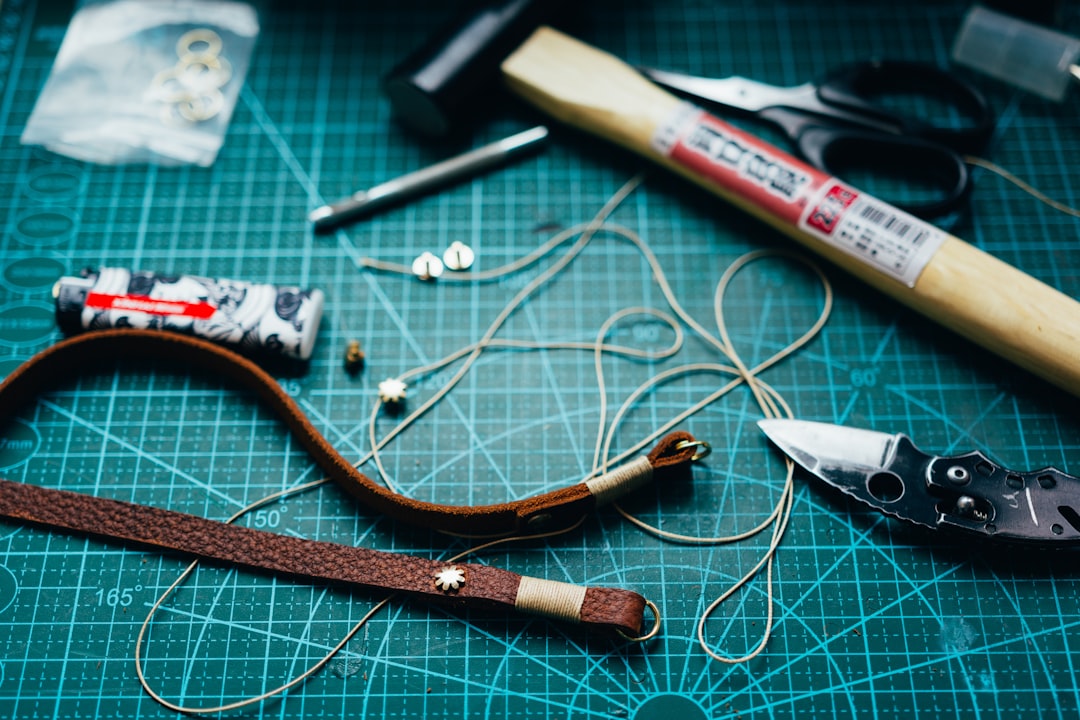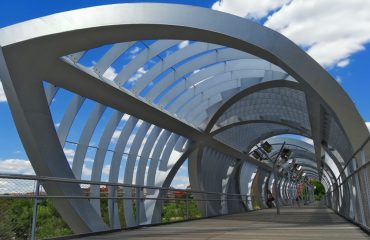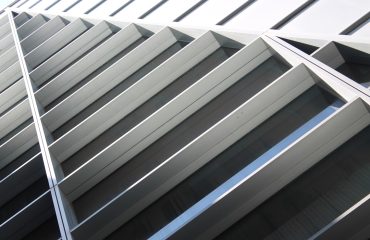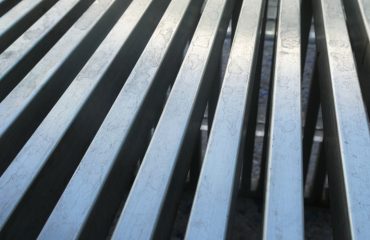Pipe bending and straightening are crucial processes in various industries, from construction and manufacturing to plumbing and oil and gas. Whether you’re working with metal, plastic, or other materials, achieving precise bends and straight sections is essential for functionality and aesthetics. This comprehensive guide explores the different methods, tools, and considerations involved in mastering these techniques.
Understanding Pipe Bending Techniques
Several techniques exist for bending pipes, each with its own advantages and limitations depending on the pipe material, diameter, and desired bend radius. Common methods include:
- Manual Bending: This involves using hand tools like pipe benders, which are suitable for smaller diameter pipes and simpler bends. Different types of hand benders exist, including those using a lever mechanism or a rotating shoe.
- Hydraulic Bending: This method utilizes hydraulic presses or benders, offering greater control and precision for bending larger diameter pipes and achieving complex bends. Hydraulic benders can handle various materials and bend radii.
- Roll Bending: Ideal for bending large diameter pipes and creating consistent curves, roll bending involves passing the pipe through a series of rotating rollers. This method is efficient for high-volume production.
- Hot Bending: This technique involves heating the pipe to a specific temperature before bending, making it more pliable and less prone to cracking or collapsing. It’s often used for thicker-walled pipes or those made of materials that are difficult to bend cold.
- Rotary Draw Bending: A highly precise method, rotary draw bending uses a rotating die to pull the pipe through, creating a consistent and accurate bend. This method is best suited for tighter radius bends.
Choosing the right bending technique depends on factors like the pipe’s material, size, desired bend radius, and the required level of precision.
Essential Tools for Pipe Bending and Straightening
The tools required for pipe bending and straightening vary depending on the chosen method. However, some essential tools include:
- Pipe Benders (Hand and Hydraulic): These are the core tools for bending pipes, offering varying levels of control and capacity.
- Pipe Wrenches: Used to hold the pipe securely in place during the bending process.
- Measuring Tapes and Calipers: Essential for accurate measurements and ensuring consistent bends.
- Heat Guns or Torches (for hot bending): Required for heating the pipe to the appropriate temperature before bending.
- Pipe Straighteners: These tools are used to correct minor imperfections or kinks in straight pipe sections. They can be manual or hydraulic, depending on the pipe size and the severity of the imperfection.
- Safety Gear: Always prioritize safety by wearing appropriate personal protective equipment (PPE), including gloves, safety glasses, and hearing protection.
Investing in high-quality tools is crucial for achieving accurate and consistent results while minimizing the risk of accidents.
Addressing Common Pipe Bending Challenges
Pipe bending isn’t always straightforward. Common challenges include:
- Wrinkling or Collapsing: This can occur when bending pipes with thin walls or using inappropriate bending techniques. Using proper bending techniques and potentially selecting a larger bend radius can mitigate this issue.
- Kinking: Kinks can form due to uneven pressure or inadequate support during bending. Ensuring proper support and applying even pressure are vital for preventing kinks.
- Ovalizing: The pipe’s cross-section can become oval-shaped during bending, especially with improper techniques. Using appropriate bending methods and tools can minimize ovalizing.
- Material Limitations: Different materials have different bending characteristics. Understanding the material’s properties is crucial for selecting the right bending technique and avoiding damage.
- Achieving Precise Bend Angles: Achieving precise angles requires careful planning and execution. Using jigs, templates, or bending machines with angle controls can enhance accuracy.
Understanding these challenges and implementing appropriate solutions ensures a smoother and more successful bending process.
Pipe Straightening Methods and Considerations
Straightening bent or damaged pipes can be achieved through several methods:
- Manual Straightening: For minor bends, manual straightening using hammers, mallets, and straightening bars might suffice. This requires careful application of force to avoid damaging the pipe.
- Hydraulic Straightening: For more significant bends or larger pipes, hydraulic straightening presses offer more control and power. These presses use hydraulic pressure to gradually straighten the pipe.
- Roll Straightening: Similar to roll bending, roll straightening uses rollers to gradually remove bends from the pipe. This method is suitable for long lengths of pipe with multiple bends.
- Three-Roll Straightening: This method uses three rollers to progressively straighten the pipe. The top roller is adjustable, allowing for precise control over the straightening process.
The choice of straightening method depends on the severity of the bend, the pipe material, and the desired level of straightness.
Safety Precautions in Pipe Bending and Straightening
Safety should always be the top priority when working with pipe bending and straightening equipment. Important safety precautions include:
- Wear appropriate PPE: Always wear safety glasses, gloves, hearing protection, and other necessary protective gear.
- Use proper lifting techniques: Pipes can be heavy; use proper lifting techniques to prevent injuries.
- Inspect equipment before use: Check for any damage or defects in the tools and equipment before starting work.
- Follow manufacturer instructions: Adhere to the manufacturer’s instructions for operating the tools and equipment.
- Maintain a clean and organized workspace: A cluttered workspace increases the risk of accidents.
- Be aware of potential hazards: Be aware of potential hazards associated with the tools and materials being used.
By following these safety precautions, you can significantly reduce the risk of accidents and injuries.
Mastering pipe bending and straightening requires understanding the various techniques, tools, and safety procedures involved. By following this guide, you can achieve accurate and efficient results in your projects.
Tags: pipe bending, pipe straightening, hydraulic bending, manual bending, pipe bending tools, pipe straightening techniques, safety in pipe bending




